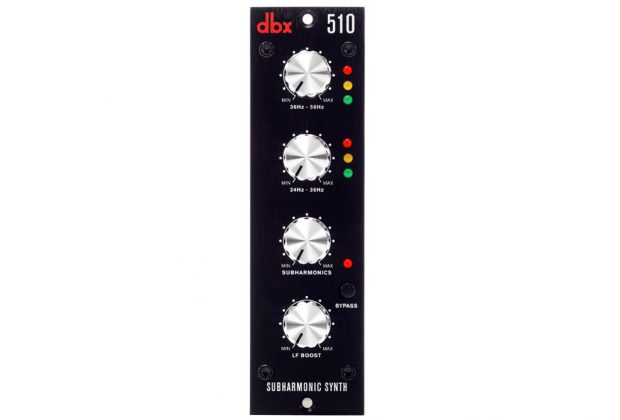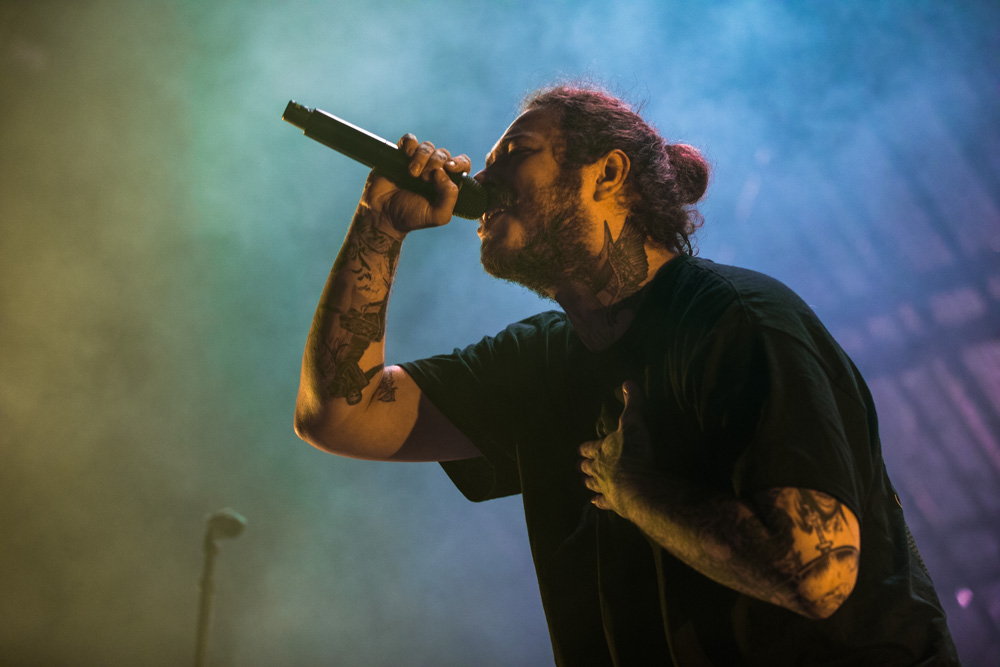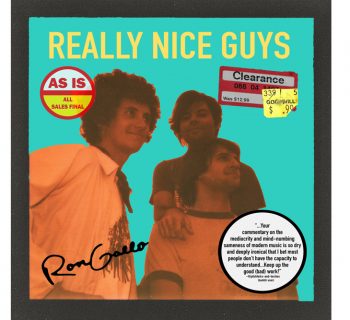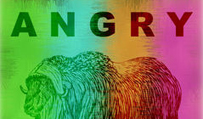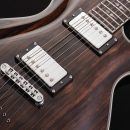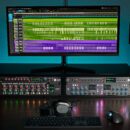The dbx 510 Sub Harmonic Synthesizer has long been a mainstay for nightclubs, DJ mixing, theatre/film sound, music recording, sound design, live music performance, and broadcasting. The dbx Sub Harmonic Synth is now available in a 500-Series module and it will synthesize a bass note exactly an octave down--the way I use it at my Tones 4 $ Studios and mix room.
The dbx 510 uses a patented modeled Waveform Synthesis™ circuit to affect only the low frequencies and not the middle and high frequencies.
As a music mixer, I like the two separate sub-harmonic frequency bands or ranges available. There are separate level controls for both the 24Hz to 36Hz band and the 36Hz to 56Hz band. This makes it easy for me to "dial-in" the exact area to add subsonic girth. Depending on the particular instrument I was enhancing, I could adjust one or both frequency bands looking for the sweet spot.
Just to keep things clean and distortion-free, there are separate LED "stop light" meters for each frequency band to warn when the signals are nearing peak level or overloading (which is nasty-sounding).
I also liked the Sub Harmonics control knob that adjusts the overall amount of the two bands. Like a master fader for the effect, it's like a Wet/Dry control--you can set the ratio of the original signal versus the synthesized low frequency.
Lastly, the LF Boost control is a low-frequency boost EQ for filling in any perceived gap in low frequencies. LF Boost can be used standalone like the bass control on an old Hi-Fi stereo music system. Just turn off the Sub Harmonics control and boost bass without the added octave.
In my mixing work, I'm often sent tracks with thin-sounding kick drums and bass instruments. I usually "fly in" or trigger replacement kick samples as I know just adding large amounts of low frequencies to the bass instrument just doesn't work.
Used carefully, the dbx 510 can fill in the bass instrument by adding just a touch of the low octave. I like the built-in blending ability of the Sub Harmonics control for mixing in the synthesized low octave and original octave without loss of the attack and high frequencies compared to other octave dividers I have used. I also found that it does absolutely nothing to audio that has no low-frequency content. I tried it on an electric piano and only got the added octave whenever the keyboard player went for a low bass lick. Awesome!
There are software plug-ins for octave division or synthesis but they don't sound like the dbx process--not even close! The dbx 510 Sub Harmonic Synth by Harman sells for $199 MSRP.
Barry Rudolph is a recording engineer/mixer who has worked on over 30 gold and platinum records. He has recorded and/or mixed Lynyrd Skynyrd, Hall & Oates, Pat Benatar, Rod Stewart, the Corrs and more. Barry has his own futuristic music mixing facility and loves teaching audio engineering at Musician’s Institute, Hollywood, CA. He is a lifetime Grammy-voting member of NARAS and a contributing editor for Mix Magazine. barryrudolph.com

